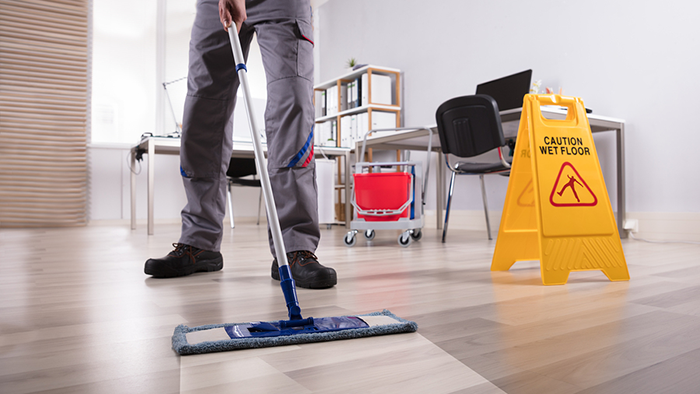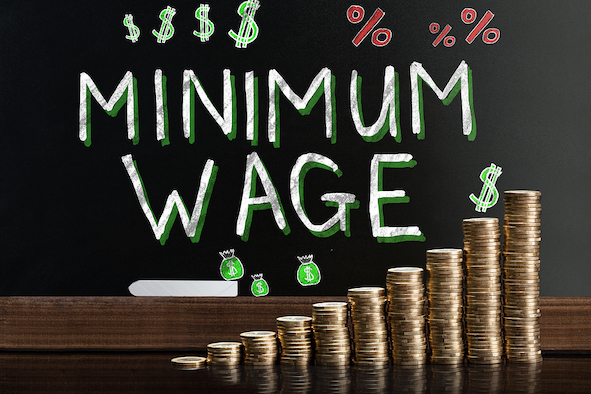Vanguard Cleaning Systems

How the Changes to Minimum Wage Will Impact Janitorial Pricing
This year, over 40% of states increased their minimum wage requirement, a relief for millions of workers nationwide and a challenge for thousands of service-based businesses that rely heavily on minimum-wage employees. So how will the changes to minimum wage impact janitorial pricing? How do these increases impact the way janitorial companies run their operations? What ripple effect does this increase have on facility managers who rely on janitorial services?
The role of the minimum wage
The minimum wage was established under the Fair Labor Standards Act of 1938. Upon its establishment, it was set at $.25 per hour and has been raised 22 separate times. It is based off of federal poverty guidelines which are adjusted annually for inflation. The idea behind the minimum wage is that employers are required to provide their hourly employees ample hourly pay so they can live above the poverty line within their communities. The challenge, however, is that just because a person earns minimum wage, they are not necessarily living comfortably but often living hand-to-mouth. When the tension rises between the current minimum wage and the ethical “living wage,” individual states or the federal government can issue a minimum wage increase.
Minimum wage increase for the Janitorial Industry and Minnesota’s minimum-wage employees
Search Our Blog
Subscribe to Our Blog

The last time the minimum wage was raised on a federal level was 2009. In response, many states increased or are increasing their minimum wage for hourly workers in 2019 and 2020.
Beginning Jan 1, 2020, Minnesota is adjusting its minimum wage for inflation to $10 per hour for employers who gross over $500,000 – an increase of 14 cents – and to $8.15 per hour for employers that gross less than $500,000 – an increase of 11 cents. This increase also affects the youth wage rate and the training rate for new employees which increases to $8.15 per hour.
These statewide increases are different for Minneapolis and St. Paul who maintain minimum wages slightly higher than the rest of the state.
These increases that take effect on January 1, 2020 will affect 206,000 jobs within the state.
What facility managers can do to prepare
Because the janitorial industry is a low-margin industry, these increases are generally challenging to navigate. Here are some great tips that can help facility managers walk through this process:
Engage in discussion early on
If you’re not approached by your janitorial service right away, approach them about how upcoming potential wage increases will affect their pricing. This will give you time to do some research and think through how to best tackle the situation.

Ultimately, as a facility manager, you can do one of a few things:
- Accept that janitorial service rates are increasing and add it to your future budget.
- Take the time to reevaluate and get bids from other janitorial contractors.
- Reduce the frequency of janitorial services to offset rising costs while at the same time continuing to utilize their contracted services.
- Discontinue using the janitorial service altogether.
If you rely on your own in-house janitorial staff, this is an excellent time to price out the cost of outsourcing janitorial services. It may be a money-saving move and help you avoid cutting labor hours in-house and sacrificing coverage and consistent quality.
Anticipate minimum wage increases
Although there is no way to know what minimum wages will look like 2…5…10 years down the road, janitorial companies can anticipate that there will be slight increases and communicate these projected estimates to you. If you haven’t had a discussion with your janitorial service about what the financial future of your relationship looks like, make it a priority to engage in that long-range discussion together.
Not sure what this means for your facility? Let’s start the conversation.
